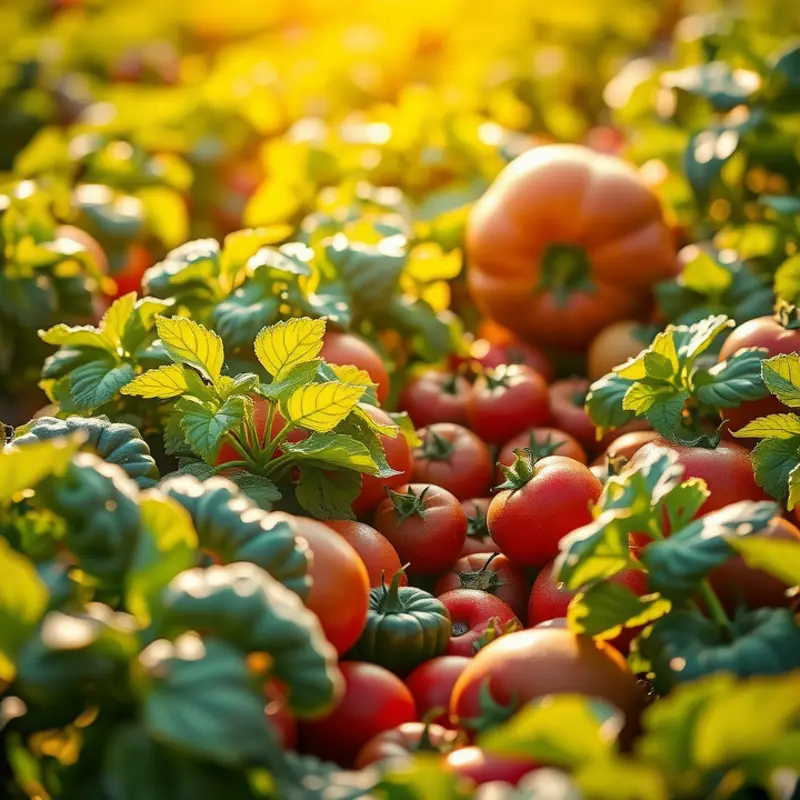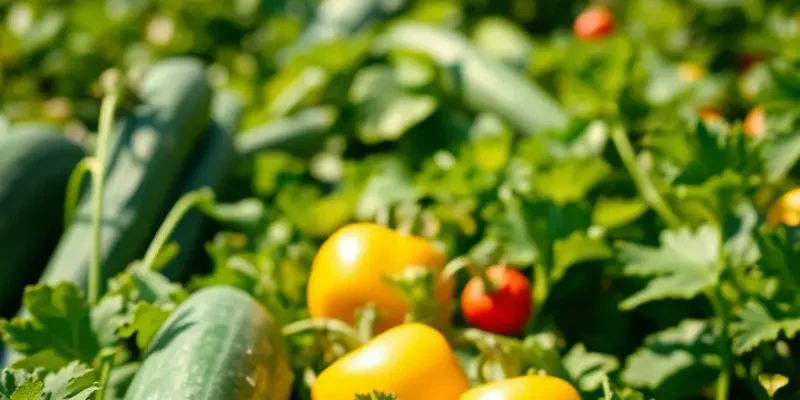Thick, hearty stews are a comfort food staple that can warm the soul and nourish the body. Achieving the perfect thickness can seem challenging, but with the right techniques, any home cook can master this essential skill. Whether you’re an experienced chef or a beginner, the following tips will guide you through efficient stew thickening methods to create a rich and satisfying dish. Get ready to enhance your cooking confidence and impress your family and friends with delicious, perfectly thickened stews.
Choosing the Right Thickening Agent

To transform a simple stew into a rich, thick, and satisfying dish, selecting the right thickening agent is crucial. Whether you prefer a roux-based classic or a gluten-free alternative, each thickener offers unique qualities that can elevate your stew’s texture and flavor.
Flour
Flour is perhaps the most traditional thickening agent used in stews. When incorporated properly, it provides a rich and hearty texture. To avoid lumps, it’s best to create a roux—a mixture of flour and fat cooked together. Melt butter or heat oil in your pot, add an equal amount of flour, and stir continuously until it reaches a golden brown color. This cooking process neutralizes the raw taste of flour and enhances the stew’s overall flavor. For best results, add liquid gradually to the roux, stirring until smooth, before introducing it to the main pot of stew.
Cornstarch
Cornstarch is a popular gluten-free alternative known for its smooth, glossy finish. Unlike flour, cornstarch must be mixed with cold water to form a slurry before being added to hot liquids. This step prevents clumping and ensures even thickening. Cornstarch works more efficiently when added toward the end of cooking, as it can lose effectiveness if cooked for too long. Adding it at the last minute and allowing it to simmer briefly will help to achieve the desired thickness without altering the flavor.
Arrowroot
Arrowroot is another excellent option for those seeking a gluten-free thickener. With a neutral taste, it won’t overshadow your stew’s flavors. Like cornstarch, arrowroot needs to be mixed with a cold liquid to form a slurry before being used. It thickens at a lower temperature and does not break down as quickly as cornstarch when reheated, making it ideal for stews that will be served over multiple meals. However, avoid using it in dairy-based stews, as it can produce a slimy texture.
Integrating the right thickener can also depend on your dietary preferences. For those observing a nightshade-free diet, making substitutions can be crucial. Visit this guide for further insights on finding appropriate alternatives that cater to your dietary needs.
Timing and Technique
When incorporating these agents into your stew, timing and technique are everything. A flour-based roux should form the foundation of your stew, setting the stage for other flavors to build upon. For cornstarch and arrowroot, add them toward the end of cooking to preserve their thickening power. Always whisk the thickener thoroughly before mixing to avoid lumps. Simmer the stew longer if you desire a more robust consistency.
Choosing the right thickener and knowing when to incorporate it allows you to tailor your stews to perfection without compromising flavor or texture. With practice and experimentation using these techniques, your stew will transform into a hearty, mouthwatering creation every time.
Tips for Successful Thickening During Cooking

Turning your stew into a flavorful, hearty dish involves mastering the art of thickening while cooking. The secret lies in the timing and technique, ensuring that each ingredient contributes to the overall texture without being overcooked or losing its distinct flavor.
Creating a Roux: One of the most classic methods to thicken stews is by creating a roux, which involves cooking equal parts of flour and fat. Start by melting butter or oil in a pot over medium heat. Once the fat is hot, add flour and stir continuously until the paste becomes golden brown. This foundation binds the liquid without altering the taste of your stew. Remember to add it gradually, whisking constantly to avoid clumps.
Blended Vegetables: Integrating blended vegetables is a great way to achieve the desired thickness while enhancing nutrition. Starchy vegetables like potatoes, carrots, or squash can be cooked alongside your stew ingredients. Once soft, remove them from the stew and blend until smooth, then reincorporate them into the pot. This technique not only thickens but also enriches the flavor profile.
Starch Incorporation: Timing is crucial when using starches like cornstarch or arrowroot. Mix the starch with cold water to make a slurry, and gradually add it to the simmering stew. This method is ideal for the final thickening stages. Starches thicken quickly, so it’s essential to monitor the consistency and adjust quantities as necessary to avoid a gelatinous texture.
To explore more alternatives to common thickeners, check out these substitutions that maintain flavor without relying on gums.
Consistent Monitoring: As your stew simmers, continuously stir and watch the stew’s texture evolve. Remember that stews will thicken as they cool, so aim for a slightly thinner consistency than your preferred final result.
These thickening techniques play an important role in both texture and flavor. By incorporating them at the right stages and with the right approach, you ensure a well-balanced stew that delights the palate. Pay attention to timing, and you’ll create a nuanced dish that stands up to any culinary standard.
Final words
With these efficient stew thickening techniques, you can consistently create rich, satisfying dishes that delight everyone at your table. Understanding the right thickening agents and mastering timing are essential skills for any home cook. Remember, practice makes perfect! Don’t hesitate to experiment with different methods to find your preferred approach. Each pot of stew offers a unique opportunity to showcase your creativity and cooking prowess. So roll up your sleeves, gather your ingredients, and let your culinary journey lead you to thick, flavorful stews that become family favorites.







